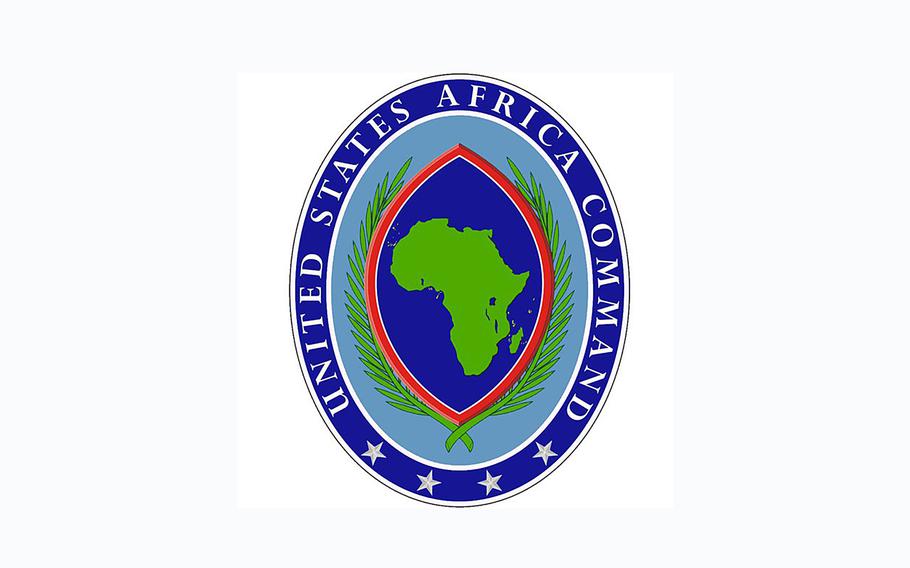
(Facebook)
NAIROBI — A U.S. drone strike has killed a senior Somali militant accused of masterminding a 2020 attack on a military base in Kenya that killed three Americans, a top Somali official told The Washington Post on Friday.
Moalim Ayman, who led a unit in the militant al-Shabab group responsible for terrorist attacks in Kenya and Somalia, was killed by a drone in the group’s stronghold of Jilib in southern Somalia on Dec. 17, Information Minister Daud Aweis said.
Jaysh Ayman, as his unit was known, emerged in 2014 as al-Shabab’s main unit in Kenya, and has attacked churches, police stations, hotels and coastal communities. In 2015, it attacked Garissa University, killing 148 people, almost all of them students. It was the deadliest terrorist attack in Kenya since the 1998 bombing of the U.S. Embassy.
“We can confirm 100 percent that it was him,” Aweis said. “It took a few days to make the final confirmation, we made it yesterday.”
The delay in announcing his death was likely due to the need to source material to make a genetic match. Aweis declined to say how the death was confirmed or give further information, including anything on how the strike was planned, simply saying “he was a target for a very long time . . . intelligence gathering done in collaboration with our partners and we cannot give any more details.”
The U.S. Africa Command, which announced the Dec. 17 airstrike, said “we’ve seen the reporting and can confirm that U.S. Africa Command conducted the strike on Dec. 17. We have not yet confirmed the target of that strike.”
The U.S. government said Ayman masterminded a Jan. 5, 2020 attack on a military base in Kenya that killed two U.S. contractor pilots and an army specialist. A third U.S. contractor and two other U.S. service members were injured. Six U.S. aircraft were also destroyed.
U.S. troops used the base for surveillance flights into Somalia and providing training and counterterrorism support to East African partners. After the attack, Ayman had a $10 million bounty on his head under the U.S. Rewards for Justice Program.
Al-Shabab, which already controlled large parts of Somalia, declared war on Kenya after Kenyan forces entered Somalia in October 2011 in response to a string of kidnappings on Kenyan soil. Al-Shabab says Kenyan civilians are legitimate targets because they voted for the government that declared war on the group.
The militant group has been at war with the United States since 2006, when Ethiopian troops entered Somalia with U.S. support to topple an Islamist government that had offered sanctuary to militants that had bombed U.S. embassies in the region in 1991. “Al-Shabab,” which means the youth were the military wing of that government, which was born out of an Islamist movement opposing Somali warlords.
President Donald Trump pulled U.S. troops out of Somalia, a decision later reversed by President Biden. The internationally backed Somali government led by President Hassan Sheikh Mohamud has been fighting an offensive against al-Shabab, assisted by clan militias. But the offensive slowed after divisions emerged between some of the clan militia leadership and the government, and recent pushes have encountered fierce resistance.
The Somali military has been doing the vast majority of the fighting. There are nearly 17,000 African Union peacekeeping troops in Somalia, responsible for securing main routes, bases and other key installations and providing air support and training. But 4,000 are due to leave within the next four months and another 10,000 by the end of 2024. The Somali government is planning to recruit, train, and equip nearly 24,000 troops to replace them.
Somali troops have already taken over responsibility for securing the Parliament and presidential villa.
But although al-Shabab has lost some territory to the government and allied forces, it maintains control of swaths of southern Somalia and retains the ability to mount devastating bombings and assassinations inside Somalia as well as cross-border attacks. U.N. investigators also say it accrues more than $100 million in revenue annually.